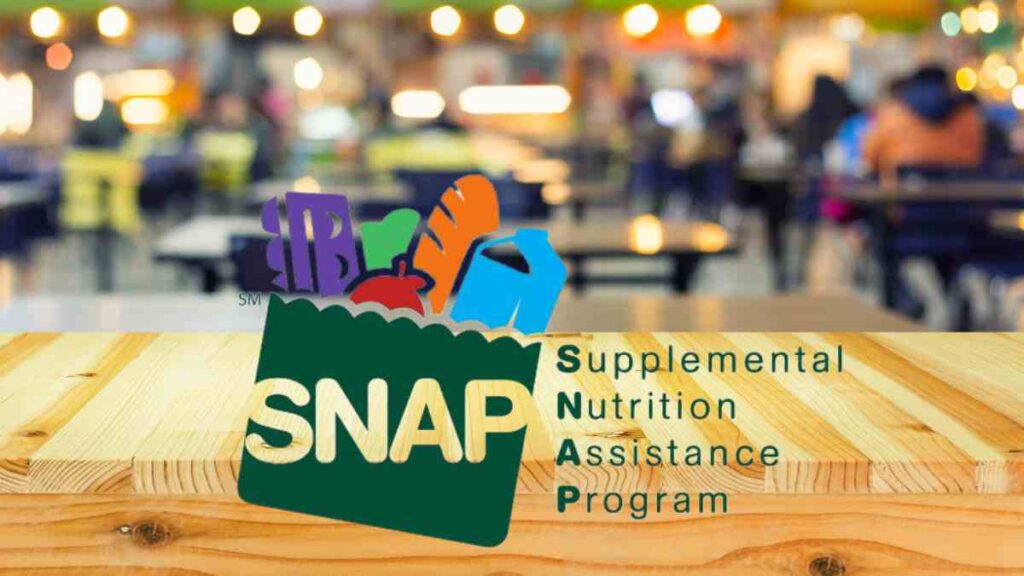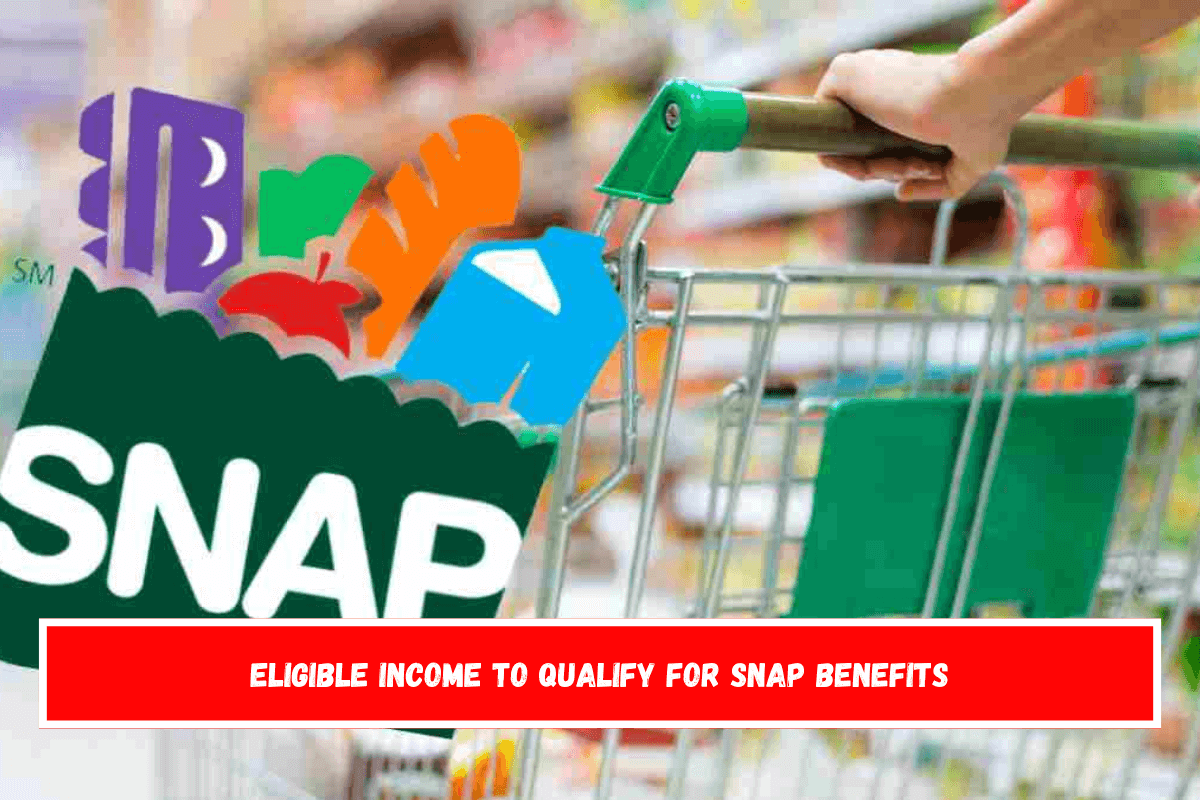The Supplemental Nutrition Assistance Program, or SNAP, is a lifeline for millions of American families, assisting them in meeting their basic nutritional needs. This program helps low-income families, the elderly, and those with disabilities.
While SNAP is available to anybody who qualifies, it is especially important for households striving to maintain a healthy diet despite having some money. In October, SNAP adjusted its income restrictions in reaction to inflation, extending eligibility so that more people could receive aid.
Beneficiaries receive funds on an electronic card that may be used to buy groceries, giving them access to a wide range of necessary food items at participating retailers.
Who qualifies for SNAP?
To be eligible for SNAP, a household’s income must fall below specific restrictions, which vary based on its size. Larger households have greater income restrictions because it is understood that needs increase with each new person. The income guidelines for households without senior members are provided below, with differences made between households without any income and those with earned income.
These income thresholds are based on both monthly and annual earnings, so it is evident who may be qualified.
Income guidelines for households with no earned income (excluding elderly or disabled individuals)
- Household of 1: Monthly income – $1,632, Annual income – $19,584
- Household of 2: Monthly income – $2,215, Annual income – $26,580
- Household of 3: Monthly income – $2,798, Annual income – $33,576
- Household of 4: Monthly income – $3,380, Annual income – $40,560
- Household of 5: Monthly income – $3,963, Annual income – $47,556
- Household of 6: Monthly income – $4,546, Annual income – $54,552
- Household of 7: Monthly income – $5,129, Annual income – $61,548
- Household of 8: Monthly income – $5,712, Annual income – $68,544
Additional members: +$583 monthly, +$6,996 annually
Income guidelines for households with earned income (excluding elderly or disabled individuals)
- Household of 1: Monthly income – $1,883, Annual income – $22,596
- Household of 2: Monthly income – $2,555, Annual income – $30,660
- Household of 3: Monthly income – $3,228, Annual income – $38,736
- Household of 4: Monthly income – $3,900, Annual income – $46,800
- Household of 5: Monthly income – $4,573, Annual income – $54,876
- Household of 6: Monthly income – $5,245, Annual income – $62,940
- Household of 7: Monthly income – $5,918, Annual income – $71,016
- Household of 8: Monthly income – $6,590, Annual income – $79,080
- Additional members: +$673 monthly, +$8,076 annually

What can you buy with SNAP benefits?
SNAP payments are designed expressly to help households make basic and healthful food choices. With these perks, families can shop at supermarkets, grocery stores, and select local markets. However, some things are excluded from the program.
Items eligible for purchase with SNAP
- Bread and cereals
- Fruits and vegetables
- Meat, fish, and poultry
- Dairy products
Items not eligible with SNAP
- Alcoholic beverages, including beer, wine, and liquor
- Cigarettes and tobacco products
- Non-food items, such as pet food, soap, paper products, or cleaning supplies
- Vitamins and medicines
- Foods meant to be consumed in-store or hot foods
Long-term planning with SNAP
The recent changes to SNAP income restrictions and monthly payments are effective until September of the following year. Following that, these levels will be evaluated to ensure they remain consistent with inflation and current economic conditions.
By conducting these annual inspections, SNAP remains responsive to the economic context, providing crucial assistance to families experiencing food insecurity. For those who have yet to apply but believe they fulfill the eligibility standards, SNAP can have a significant impact on diet and overall well-being.
Also See:- Who can apply for a stimulus check of up to $6,400















Leave a Reply